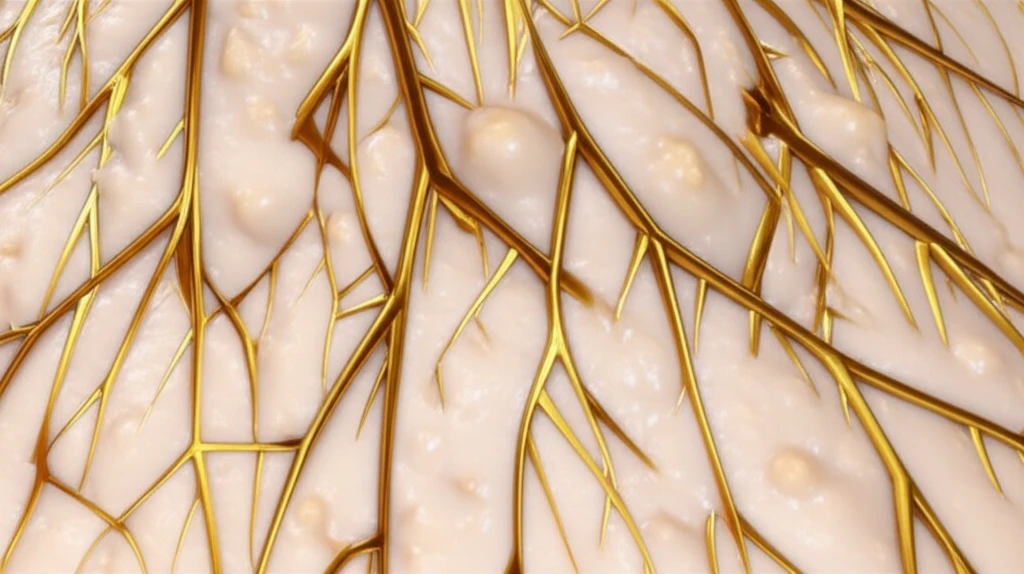
Mysterious Skin Bumps? Understanding Papular Elastorrhexis
"Decoding the rare skin condition behind those small, yellowish-white papules on your trunk and arms."
Have you noticed tiny, yellowish-white bumps appearing on your trunk or upper arms? It could be a condition called Papular Elastorrhexis. This rare skin disorder primarily affects adolescents and young adults, characterized by multiple small papules. While generally harmless, understanding what it is and how it's diagnosed is essential for proper management and peace of mind.
Papular Elastorrhexis is often identified by its distinct appearance: nonfollicular, yellowish-white, soft papules ranging from 1 to 5 mm in diameter. These bumps are typically asymptomatic and develop without any preceding skin lesions. Since it's a rare disorder, it's important to differentiate it from other similar-looking conditions to ensure an accurate diagnosis.
This article will break down Papular Elastorrhexis in plain language, covering its causes, diagnosis, and how it compares to other skin conditions. Whether you're seeking information for yourself or a loved one, we'll provide a comprehensive overview to help you navigate this unique dermatological condition.
What Exactly is Papular Elastorrhexis?

Papular Elastorrhexis is a rare skin condition where small, yellowish-white bumps, known as papules, appear on the trunk and upper arms. The term 'elastorrhexis' itself points towards an issue with the elastic fibers in the skin. These fibers, made of elastin, provide the skin with its elasticity, allowing it to stretch and return to its original shape. In Papular Elastorrhexis, these fibers become fragmented and diminished, leading to the formation of these characteristic papules.
- Appearance: Multiple, nonfollicular, yellowish-white papules.
- Size: Papules typically range from 1 to 5 mm in diameter.
- Location: Primarily on the trunk and upper arms.
- Symptoms: Usually asymptomatic (no itching or pain).
- Onset: Typically develops during adolescence.
Living with Papular Elastorrhexis: What to Expect
While Papular Elastorrhexis is a chronic condition, understanding its nature and differentiating it from other skin disorders is the first step towards managing it effectively. While there is no known cure, the asymptomatic nature of the papules often means that treatment isn't necessary. However, if the appearance of the papules is a concern, various cosmetic procedures may be considered after consulting with a dermatologist. Regular follow-up appointments can help monitor the condition and address any related concerns that may arise over time.
